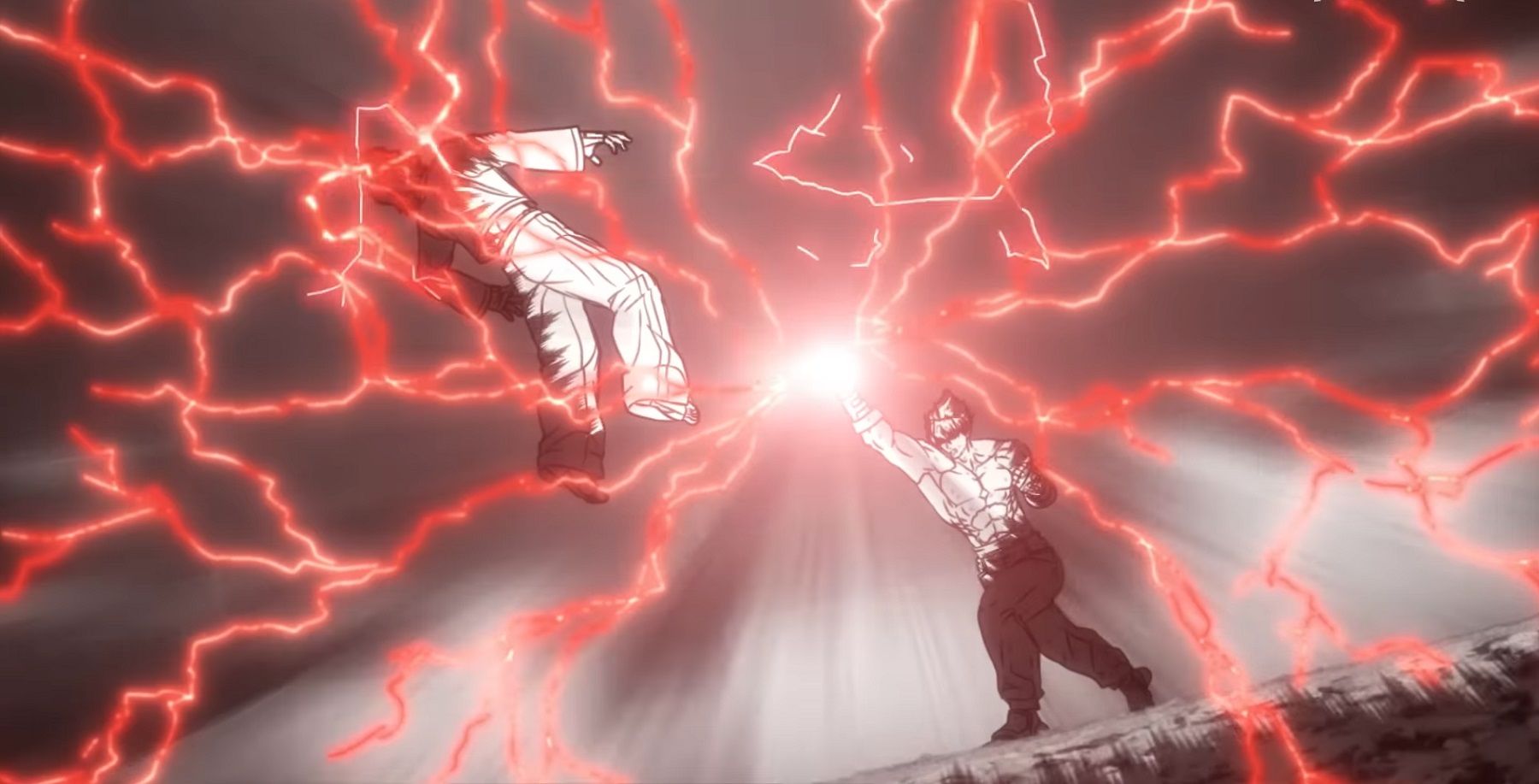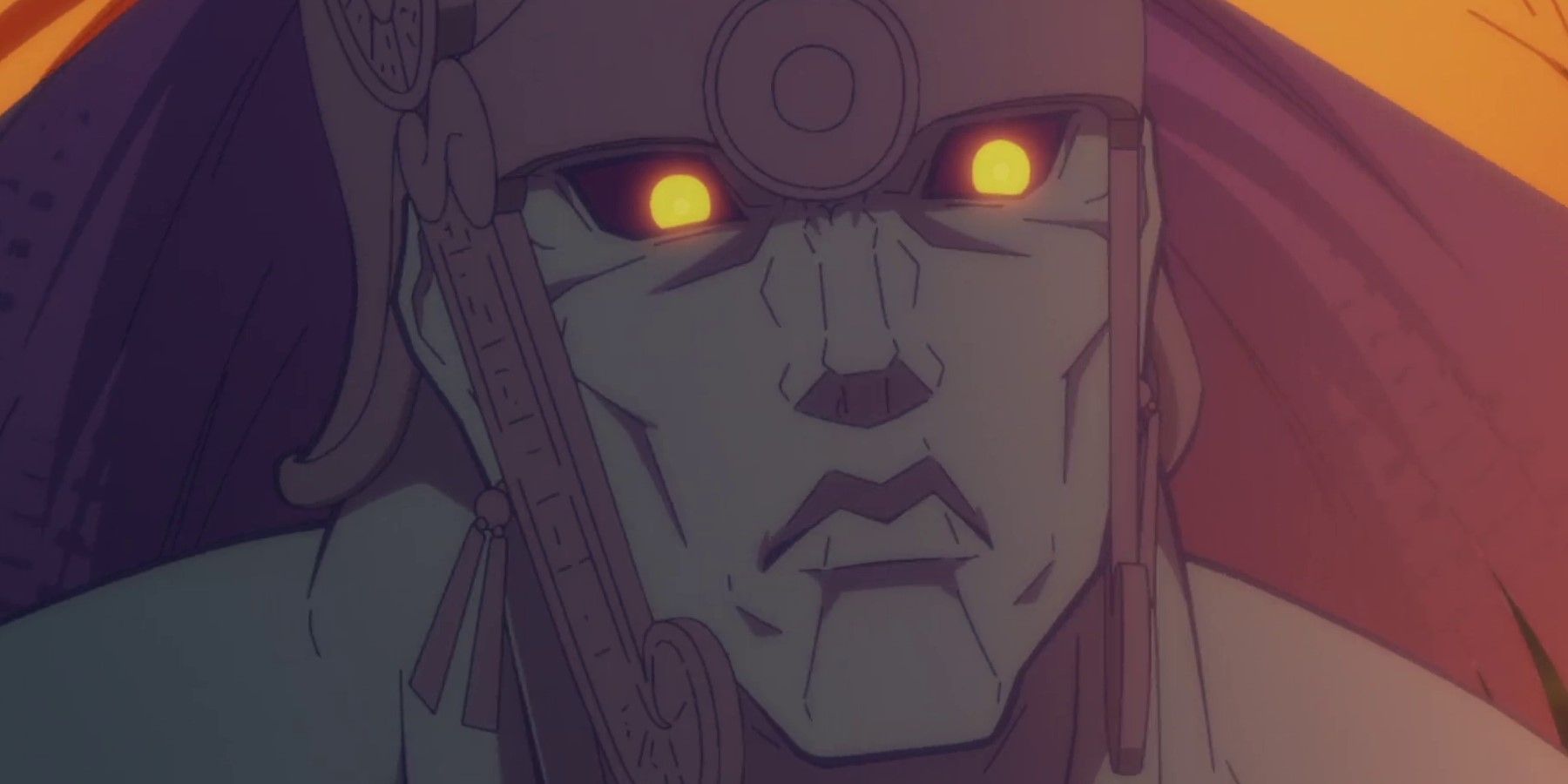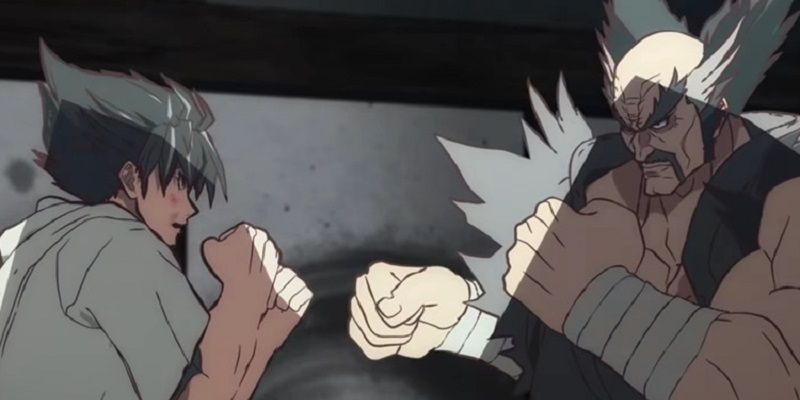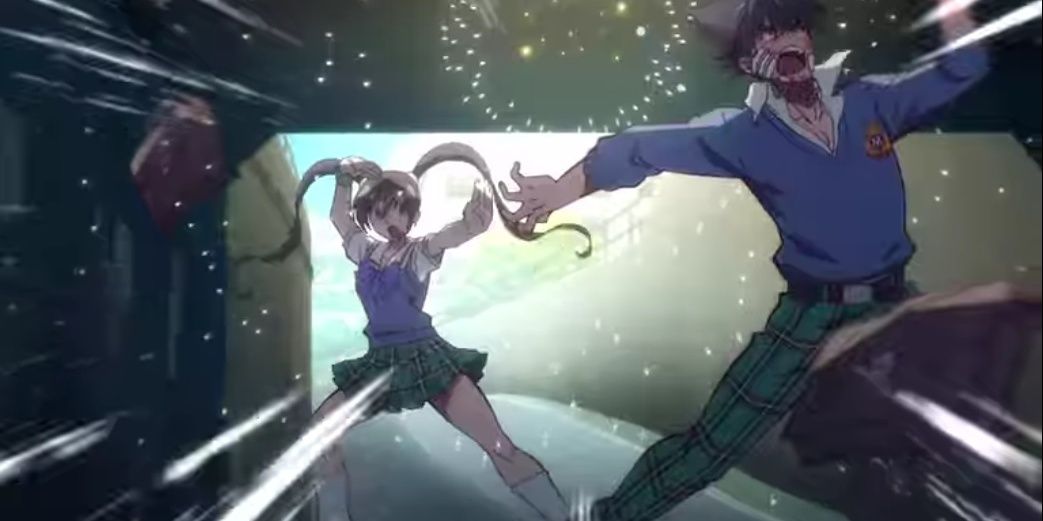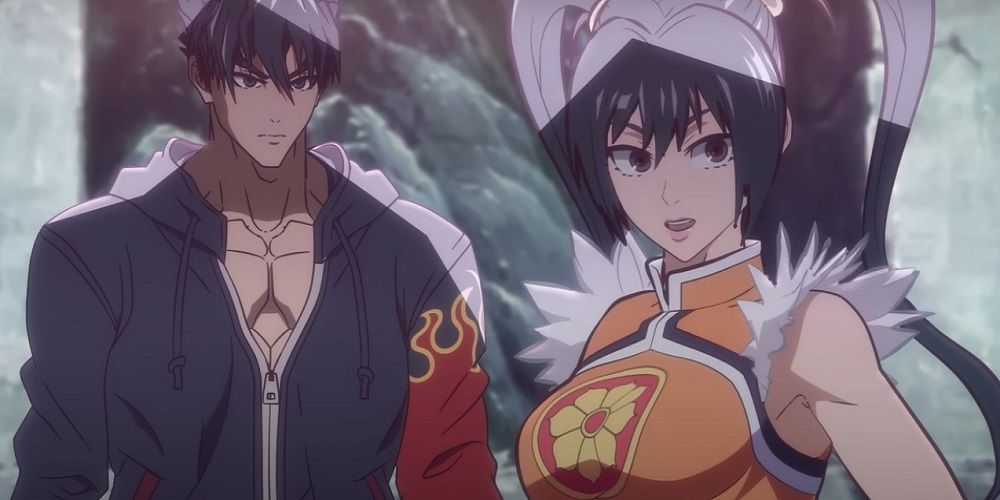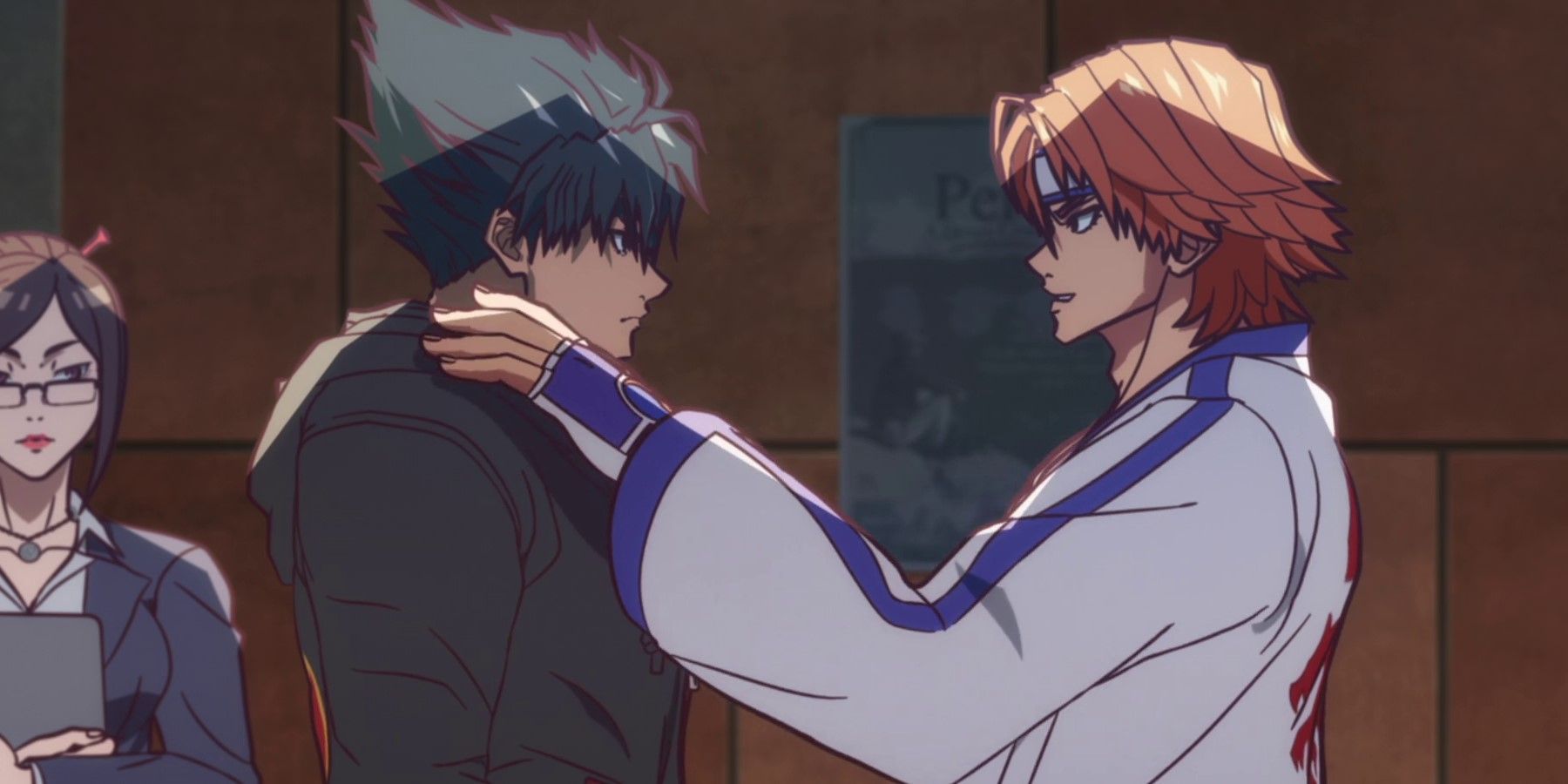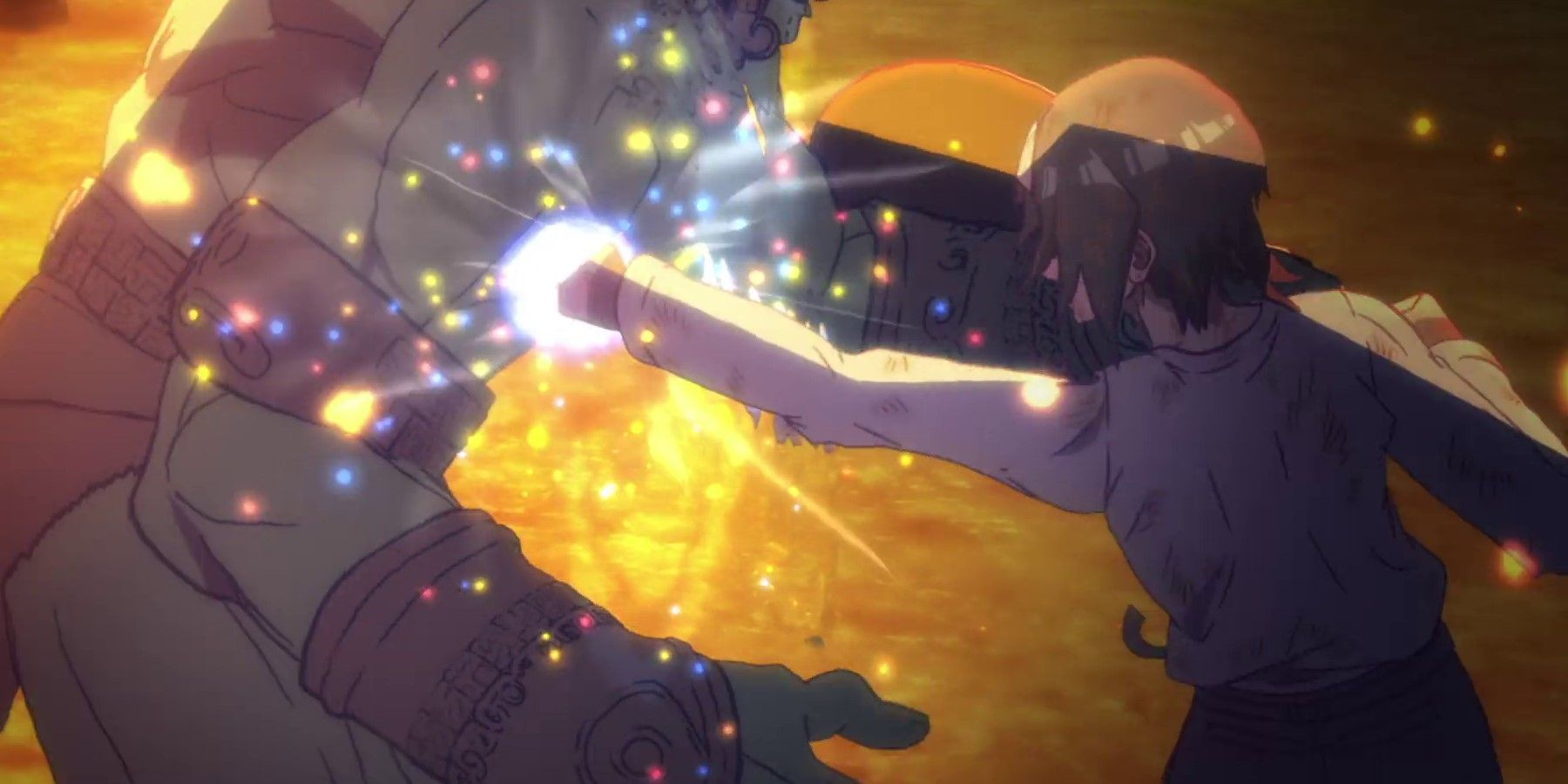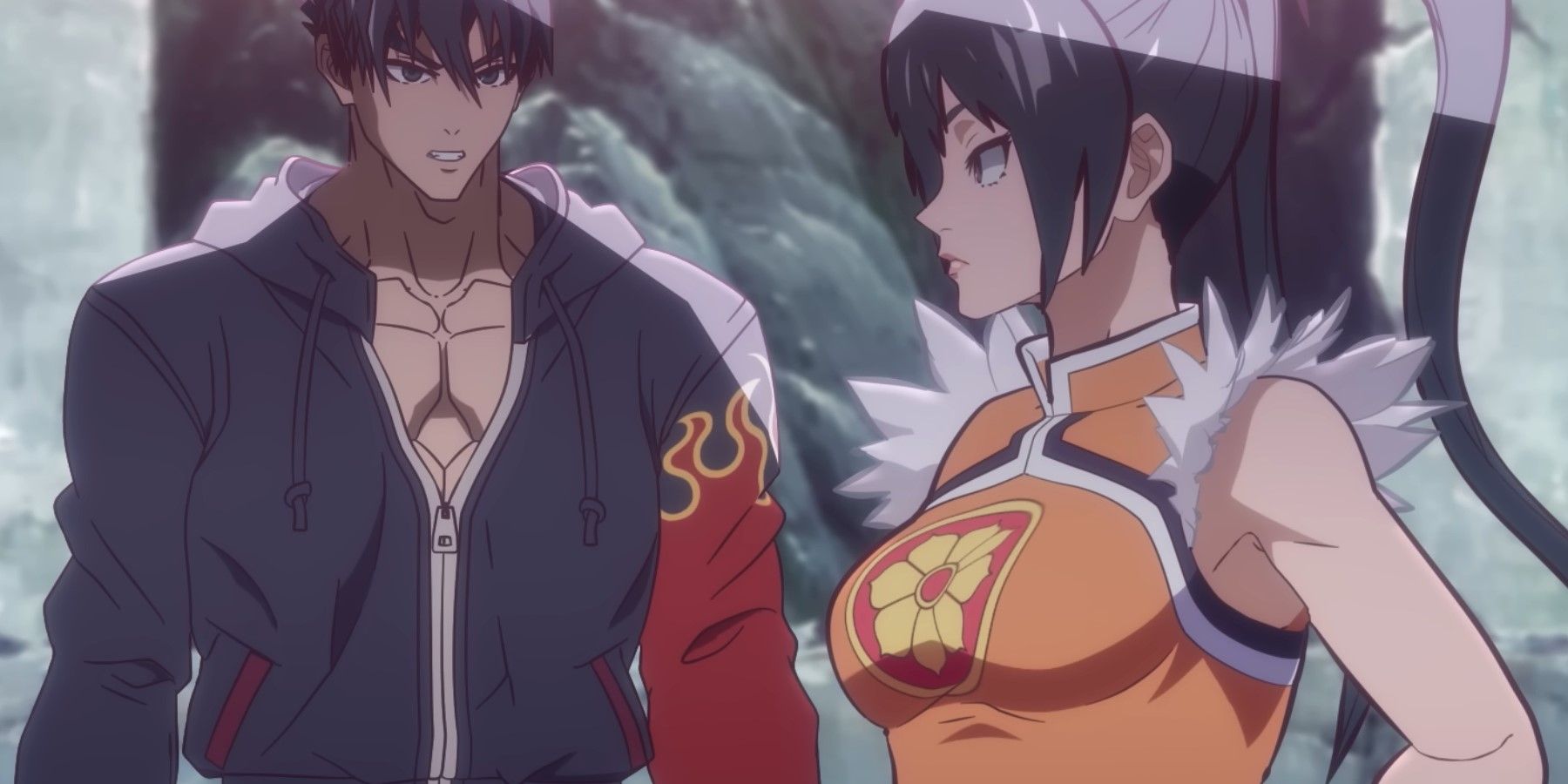August 18 saw the release of Netflix's most recent attempt at an anime adaptation of a video game with Tekken: Bloodline. The series brings an interesting take on the animation, as well as its more faithful approach to the story than previous Tekken adaptations.
The following is a review at first glance of the anime series, which is available in its original English, as well as a Japanese dub. This is a rundown on the Japanese dub of Tekken: Bloodline.
Central Premise
The Mishima Conglomerate ("Mishima Zaibatsu") is known as the largest, most influential company in the world. Run by Heihachi Mishima, a ruthless businessman who is notorious for his shady dealings across the world, the company invites martial artists from across the globe to participate in a tournament dubbed the "The King of Iron Fist Tournament". Hosted at the discretion of the CEO, the tournament happens sporadically every few years and the winner becomes the new CEO of the Mishima Zaibatsu.
In Tekken: Bloodline, the winner of the first tournament, Kazuya Mishima, is known to be a fearsome and evil man whose current whereabouts are unknown. At this point in time, various talented martial artists are noted to have gone missing and are assumed to have fallen victim to an evil entity known as Ogre.
Timeline
Tekken: Bloodline focuses primarily on Heihachi's grandson, Jin Kazama, who was raised by his mother Jun on the island of Yakushima, and has no knowledge of his father. When Ogre appears outside their home, Jun sets out to fight it alone and is soon killed. Prior to her death, Jun tells Jin to stay in the house, adding that should anything happen to her, he is to report to his grandfather immediately.
The first two episodes of the series are dedicated to introducing Jin, Jun, Ogre and Heihachi, as well as delving into Jin's rigorous training under his grandfather. The series really begins after Jin's training and time-skip, which sets the events of the next tournament four years after the death of Jun Kazama, and firmly into the events of Tekken 3. Wishing to avenge his mother, Jin is turned into the ultimate fighter by his grandfather, who also seeks to lure out Ogre, but for his own selfish ends.
Characters
Like many "Shounen" protagonists, Jin is depicted as an edgy teen who faces everyday teenage problems. Within the first episode, the series begins to create a narrative around Jin that borrows heavily from the source material. The character is voiced by Isshin Chiba in the Japanese dub, who has voiced Jin in every video game appearance since Tekken 3. Jin's demeanour in the series is very similar to that of the character in the games, driven by the desire to avenge his mother, believing that his grandfather wishes to see him defeat Ogre to achieve that end. Like in the video games, Jin's fighting style is a blend of his mother's style and the Mishima-Style Fighting Karate.
Jin's mother is voiced by legendary voice actress and musician, Mamiko Noto, as she is in the games. Her fighting style is known officially as Kazama-Style Traditional Martial Arts (Kazama-ryu), which is based on aikido but takes certain liberties as well. The style emphasizes tranquility and peace of mind, and a conquest of the self over anything else. Jun's day job is that of an environmentalist for the WWC, which is part of the reason why she had initially lived in Africa (they don't specify where, exactly) with Jin, before making way to Yakushima.
This remote lifestyle was initially thought to be due to Jun's work, but Jun was actually running away from the Devil that possessed Kazuya, which she'd defeated while she was pregnant after the end of the second tournament. Her decision to fight Ogre alone was due to her desire to protect her child from what she assumed was the entity once more, and her sacrifice was to prevent Jin from ever having to confront the Devil.
The series antagonist and a main character in every installment, Heihachi is voiced by his current in-game voice actor Unshō Ishizuka, who replaced the late Daisuke Gōri in the most recent installments. Heihachi is actually the reason behind the emergence of Ogre in the first place, as he sent his Tekken Force on an excavation mission somewhere in Mexico, where they were completely decimated by the monster. Heihachi's Tekken Force was initially used to establish peace across the globe, but after discovering Ogre, Heihachi seeks to lure out the monster in order to capture it and use its might for world domination.
Minor Characters
One thing that was rather disappointing about Tekken: Bloodline was the way it treated its side characters. Tekken has fairly rich lore for most of its characters, especially the ones featured in this series who, save for Leroy Smith, have at this point participated in one or two tournaments. The series did not treat veteran characters with much love, seeing as most of Jin's most meaningful interactions with his close friend Ling Xiaoyu are slapped into the training montage/time-skip that was his training arc.
His time at Mishima High is glossed over and given less attention than his nameless bullies on Yakushima, not to mention the fight that began his intense rivalry with Hwoarang never happened. Instead, Hwoarang become a "best friend-kun" and a stock shounen rival at best. Hwoarang's in-game relationship with Jin is one that starts with Hwoarang wanting to get one-up over the only person's whose ever beaten him in a fight; but this soon become life-threatening when the Devil Gene takes over Jin Kazama...
Changes to Story
In Tekken lore, the whereabouts of Jun Kazama have become something of legend, as it is never explained what has actually happened to her after her battle against Ogre in the forests of Yakushima. In the games, Jun tells her son about what to do should something happen four days prior to his 15th birthday, an element which is not mentioned at all in the anime.
In addition, Jin is knocked unconscious during the bout against Ogre, and only wakes up hours later to find his house completely burned down. With the absence of Jun's spiritual protection, Devil uses the opportunity to possess Jin, leaving him with the series' iconic mark: the Devil Brand. The anime does not show this happening; however, Jin after the time-skip very clearly has the Devil brand on his shoulder (and tell-tale red eyes), indicating that possession by Devil has taken place. This is confirmed in the last episode.
Fighting
One thing the series can be lauded for is its retention of the Tekken series' signature fight mechanics and physics, with great care taken to ensure that each character moves very closely to the way they do in the games. There's even the appearance of Tekken's flashy impact physics and visual representations of the characters' ki when critical hits land.
There are various great moments where characters perform notable moves from their moves lists; however, with the Mishima characters, the go-to attack was the family's signature 1-1-2 punch combo, which was seen throughout, even before Jin's training. Disappointingly; however, there was a strange decision to off-screen certain fights in favour of others, and while characters are given cameos, some of them serve no greater purpose. In the context of an anime, the strange swordsmanship of Yoshimitsu would have made for an incredible fight, but he isn't seen much after the tournament begins.
Not Bad, Could've Been Great
In addition to side characters not getting much to flesh them out, the low episode count makes for subpar pacing. Even though Jin's early days are given more attention than in the games, it all coalesces into a single montage, so aspects like Jin's developing friendship with Xiaoyu are hardly given time. A supporting character only got a few minutes of attention to reveal the reason for their presence and to serve as a warning signal to the protagonist. The anime's desire to appeal to fans of the franchise also meant that certain things were not adequately explained. Some characters are much like their in-game selves, but it also attempts to take liberties with characters' personalities, all based on a collective disdain for Heihachi for the sake of simplification.
The movement of the characters, while amazingly accurate and great to see in combat, sometimes felt like it attempted to appeal to fans a bit too much, with certain telltale moves being spammed, such as the aforementioned Mishima 1-1-2; and more notably, Hwoarang's flamingo stance which was primarily used in his fight against Jin, which makes little sense considering that players know that Hwoarang can't block in that stance, negatively affecting the overall experience of the fight. If you're well-versed in Tekken lore, the series can be rewarding in certain aspects, but it doesn't help along a casual watcher as much as it should. While it didn't do badly, it could have been much, much better if it had more time. Score: 3/5.

